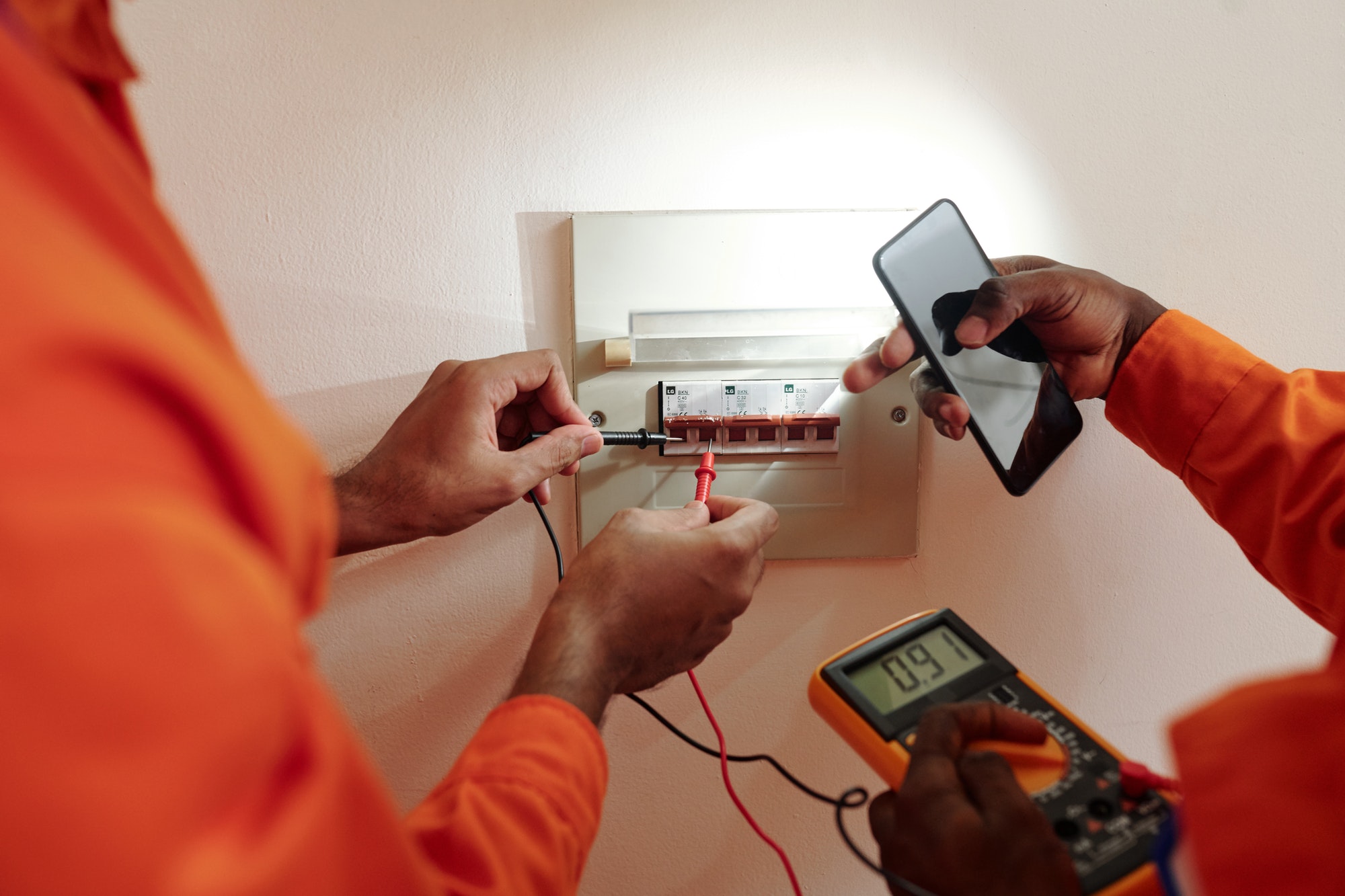Maintaining safe and functional sockets and switches is essential for ensuring electrical safety in any property. For landlords, this responsibility is particularly crucial to comply with legal standards and protect tenants from electrical hazards. Here are some practical tips for keeping sockets and switches in good condition.
Regular Inspections and Testing
Visual Inspections
Conduct Regular Checks
- Frequency: Perform visual inspections at least once every six months.
- What to Look For: Check for discoloration, scorch marks, cracks, or any visible damage to sockets and switches. Ensure they are securely fitted to the wall and show no signs of wear.
Tenant Feedback
- Encourage Reporting: Ask tenants to report any issues with sockets or switches immediately. Unusual sounds, smells, or malfunctioning components should be investigated promptly.
Professional Testing
EICR (Electrical Installation Condition Report)
- Frequency: Arrange for an EICR at least every five years or when there is a change of tenancy.
- Qualified Professionals: Ensure the inspection is conducted by a certified electrician registered with organizations like NICEIC, ELECSA, or NAPIT.
Regular Maintenance
Cleaning and Care
Avoid Overloading Sockets
- Usage Guidelines: Educate tenants on the dangers of overloading sockets. Provide power strips with surge protection for multiple devices.
- Regular Checks: Inspect sockets to ensure they are not being overloaded. Look for signs of overheating such as discoloration or a burning smell.
Keep Sockets and Switches Clean
- Cleaning Tips: Use a dry cloth to clean sockets and switches. Avoid using water or cleaning solutions that could cause electrical shorts.
- Dust Removal: Ensure that dust does not accumulate in or around sockets and switches as it can cause overheating.
Timely Repairs and Replacements
Address Minor Issues Promptly
- Loose Sockets or Switches: Tighten any loose fittings immediately. Loose connections can cause arcing and potential fires.
- Damaged Components: Replace any cracked or damaged sockets and switches as soon as possible to prevent exposure to live electrical parts.
Upgrade Older Installations
- Modern Standards: Replace outdated sockets and switches with modern ones that meet current safety standards. Consider installing USB sockets for convenience and improved safety.
- RCD Installation: Install Residual Current Devices (RCDs) to provide additional protection against electric shocks.
Preventative Measures
Safety Devices
Use Circuit Breakers and Fuses
- Check and Replace: Regularly check the condition of circuit breakers and fuses. Replace any that are worn or malfunctioning to ensure they provide adequate protection.
Install Surge Protectors
- Protect Appliances: Use surge protectors to safeguard electrical appliances from voltage spikes. This also helps in preventing damage to sockets and switches.
Educational Initiatives
Inform Tenants About Safety Practices
- Guidelines: Provide tenants with clear guidelines on the safe use of electrical appliances and sockets.
- Emergency Procedures: Ensure tenants know how to react in case of an electrical emergency, including who to contact and basic first-aid measures for electrical shocks.
Record Keeping
Documentation
Maintain Detailed Records
- Inspection Logs: Keep a log of all inspections, tests, and maintenance work carried out on sockets and switches.
- Repair Records: Document any repairs or replacements done, including the date, nature of the work, and the professional who performed it.
Compliance Records
- EICR Reports: Store copies of all Electrical Installation Condition Reports and any other relevant safety certificates. Ensure these documents are readily accessible if needed for regulatory checks or tenant inquiries.
Professional Help
Hiring Qualified Electricians
Qualified Personnel
- Credentials: Always hire electricians who are certified and registered with recognized bodies such as NICEIC, ELECSA, or NAPIT.
- Regular Servicing: Establish a regular servicing schedule with a trusted electrician to ensure ongoing safety and compliance.
Emergency Services
- 24/7 Availability: Have a reliable electrician on call for emergencies to address urgent electrical issues promptly.
Conclusion
Maintaining safe and functional sockets and switches is a critical aspect of property management for landlords. Regular inspections, timely repairs, and preventive measures can significantly reduce the risk of electrical hazards. By educating tenants, keeping detailed records, and hiring qualified professionals, landlords can ensure a safe living environment and comply with all necessary regulations. Prioritizing electrical safety not only protects tenants but also preserves the property’s value and reduces liability risks.





